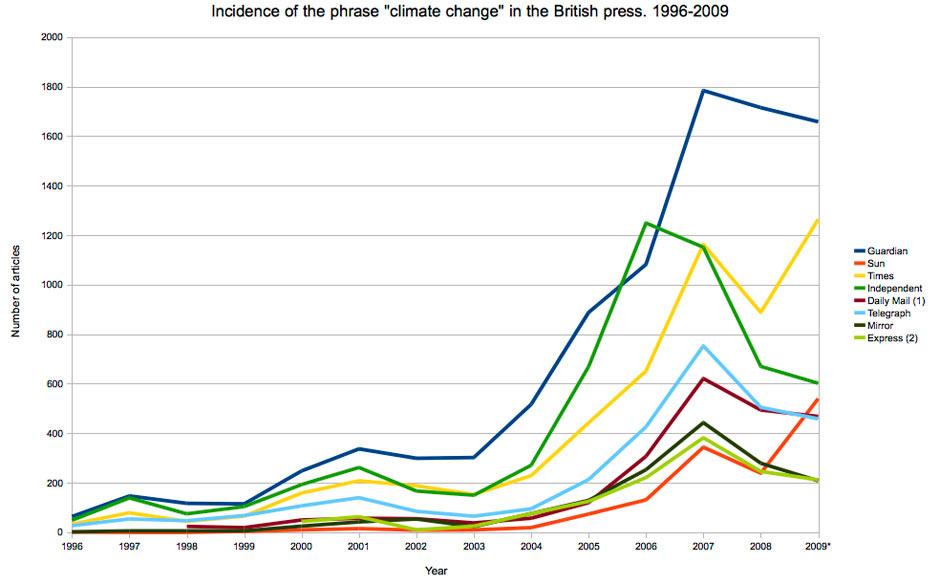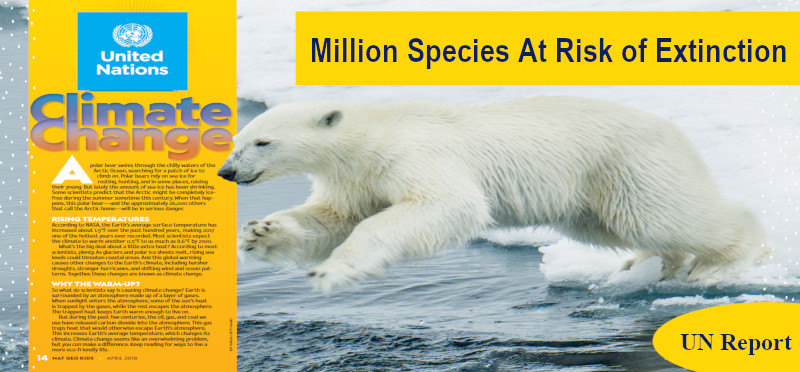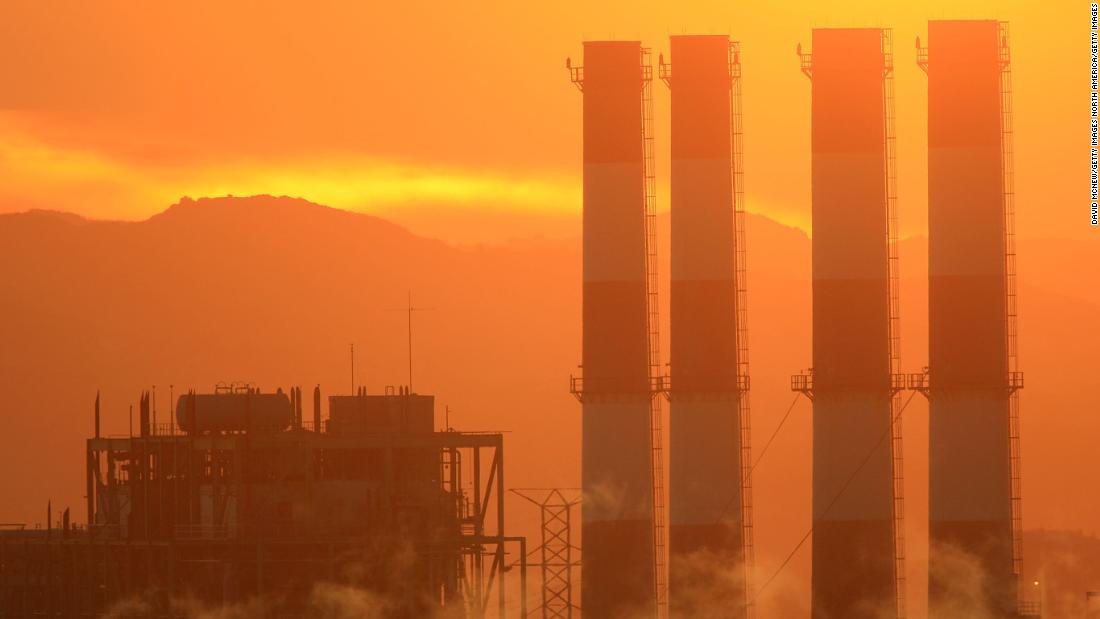

- 4th climate change report findings driver#
- 4th climate change report findings full#
- 4th climate change report findings series#

Temperature projections for Australia from three different greenhouse gas and aerosol emissions scenarios.
4th climate change report findings series#
ACORN-SAT observations are shown in brown and a series from a typical global climate model is shown into the future in light purple. RCP8.5 (Purple, high emissions), RCP4.5 (Blue, intermediate emissions) and RCP2.6 (green, low emissions). The grey shading indicates the period of historical simulation while three future scenarios are shown with colour coded shading. The central line is the median value, and the shading is the 10th and 90th percentile range of 20-year running means (inner) and single year values (outer).

Time series for Australian average temperature for 1910-2090 as simulated in the Couple Model Intercomparison Project Phase 5 (CMIP5), relative to the 1950-2005 mean. Sea levels are projected to increase at a faster rate than during the last century.Ĭlimate projections are being incorporated into the planning processes of governments and business.Ĭlimate projections are helping us prepare for a climate that will be different from what we have experienced in the past. Most of the country is likely to experience more extreme daily rainfall. Winter rainfall in southern Australia is likely to decline. The output from each simulation provides projected changes for many aspects of climate, such as temperature, rainfall, and sea level]Īustralia is likely to warm in future. The extent to which we can restrict future emissions of greenhouse gases is unclear, so scientists explore possible future scenarios by running the models with different levels of carbon dioxide and other greenhouse gases. Add the effect of increases in greenhouse gases to natural factors and the simulated warming agrees with observations. If only naturally occurring factors, such as variations in the earth’s orbit, solar fluctuations and volcanic eruptions are included, climate model simulations of global temperature cannot match the observations. This graph shows global warming observed over the 20 th Century.
4th climate change report findings driver#
Like, what happens as atmospheric greenhouse gas concentrations rise?Įmissions of greenhouse gases, such as carbon dioxide, are a major driver of climate change. Narrator: Global climate models, which are based on the laws of physics, enable scientists to answer a range of questions about our climate.
4th climate change report findings full#
The projections draw on the full breadth of available data and peer-reviewed literature to provide a robust assessment of the potential future climate. the level of consistency with trends in the observations.evidence for plausible processes driving the simulated changes, and.results from relevant downscaled projections.consistency between models regarding the projected magnitude and direction of change.model reliability at simulating the past climate.Confidence ratings for the projections are based on five lines of evidence: Our scientists use results from climate models that are based on established laws of physics. Results have been prepared for 21 climate variables (both on the land and in the ocean) and for four 20-year time periods (centered on 2030, 2050, 20). The projections are based on data from up to 40 global climate models, developed by institutions around the world, that were driven by four greenhouse gas and aerosol emissions scenarios. The projections are presented for eight distinct regions of Australia, each of which will be affected differently by climate change. Map of the eight regions or 'clusters' for which climate change information has been assessed


 0 kommentar(er)
0 kommentar(er)
